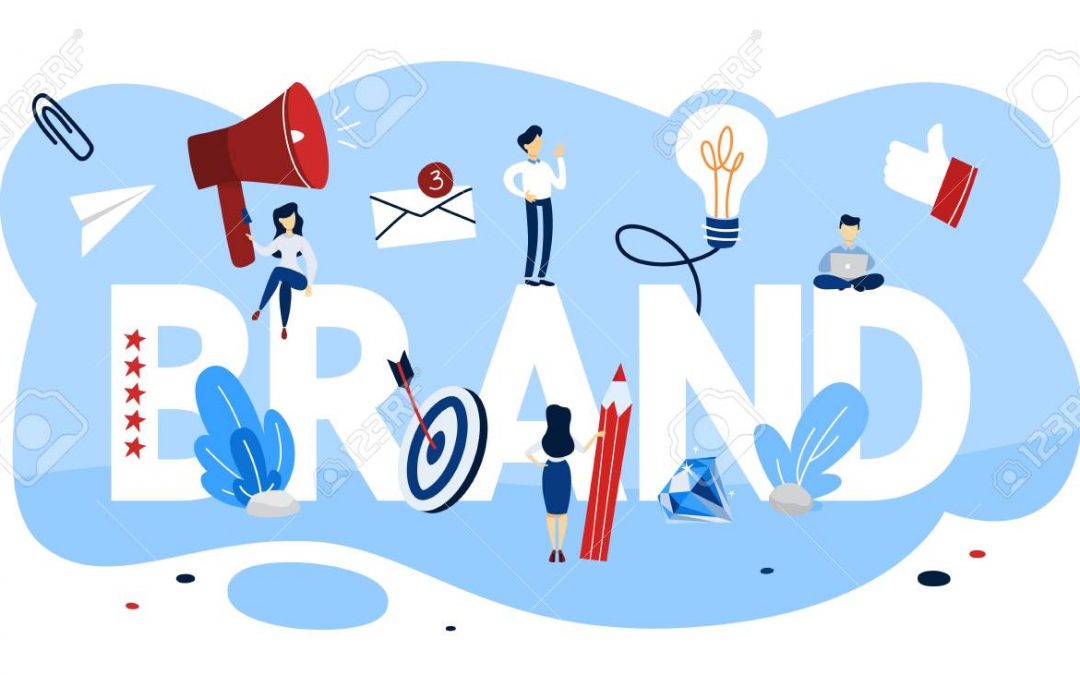Someone said, “Products are made in the factory but brands are created in the mind.”
We live in a hyper-connected world and hence, receive a huge number of messages and reactions each day. Naturally, we form opinions quickly; also open to change those opinions more often than we did in the past. Companies have to factor these ground realities into their thinking of winning customer loyalty and advocacy scores. Brands like Coca-Cola, Pepsi, Samsung, Apple, Amazon, Microsoft, Google, Toyota, Mercedes-Benz, Nike and many more have got this right. These are companies across sectors – high tech, consumer goods and services; they have been able to adapt to the changing realities and lead the markets by their actions.
What hasn’t changed?
The fundamentals continue to remain as differentiation, communicating their value proposition to the target customers and the outcomes in terms of customer preferences and purchases. As times have evolved, brands have been able to change their value proposition, their communication and the media used for the dissemination of their value proposition. They invest in listening to their customers and keep making changes in their strategy and tactics over time. However, certain basic tenets of a brand remain unchanged because they are identified, nurtured and invested upon. For companies with a long history, leadership teams change; however, their basic values remain deeply ingrained in the company like the DNA of a human being and flow through the generations clearly and transparently.
Bajaj Auto had the iconic campaign of ‘Hamara Bajaj’ and a scooter company. The company’s leadership team has changed; it has transformed itself into a motorcycle company. Their spirit or the core has not changed. They continue to value engineering, innovation and speed.
3M, a Fortune 500 company started in 1902 to mine a mineral ideal for making sandpaper and grinding wheels; it has transformed its purpose and is now a materials science company catering to a myriad industry sectors. However, its spirit of innovation and diversity is legendary.
We have countless examples to underline this argument. So, leaders have a big role to play in terms of being aware of their core beliefs, live by them consistently through their actions and spread them throughout the organisation across generations. Consistency is the key!
What needs to change?
Over time, we see technology play an ever-increasing role and customer habits have been changing; new ways of doing things are evolving. If companies like Kodak, Fujifilm, Nokia Mobiles, Blackberry and many others saw these coming their way they would have transformed quicker than when they finally did. Hence, companies have to continually keep discovering the changes happening around them and adapt their actions accordingly.
Research shows people unconsciously respond hugely to the colour, size, shape and message in an emotional way. Hence, the brand identity in the form of the size, shape, colour and texture of the packaging of a product, its communication on social media, emails, phone calls, the behaviour of the employees, logo, the advertising campaign and so on. Ref: https://www.linkedin.com/pulse/your-brand-name-upper-lower-case-terry-wu-ph-d-/
People involved do make a huge difference
Multiple variables determine the quality of impression brands leave on the minds and hearts of the customers and prospects. Many of them such as the packaging, messaging, choice of the media, user experience on the digital platforms, pricing and display at the point of purchase can be the result of careful research and rigorous execution. However, there are a few other factors that create a significant amount of variability in the market. At the root of the variability, lies the choice of people who are involved in interactions with customers and prospects.
Organisations have to pay a lot of attention to the kind of talent they attract as employees and business partners, the assessment processes they use to select talent, the onboarding and induction processes they follow to bring the new actors into the business and the way they integrate and manage their actions in the normal course of business. We can see that there are a huge number of points where things can go wrong or stay right.
The legendary brands like Apple, Microsoft, Amazon, Coca-Cola and Nike have been able to get their people and culture practice right and hence, have contributed to making them stay as top brands for so many years. We have a lesson here to learn!


